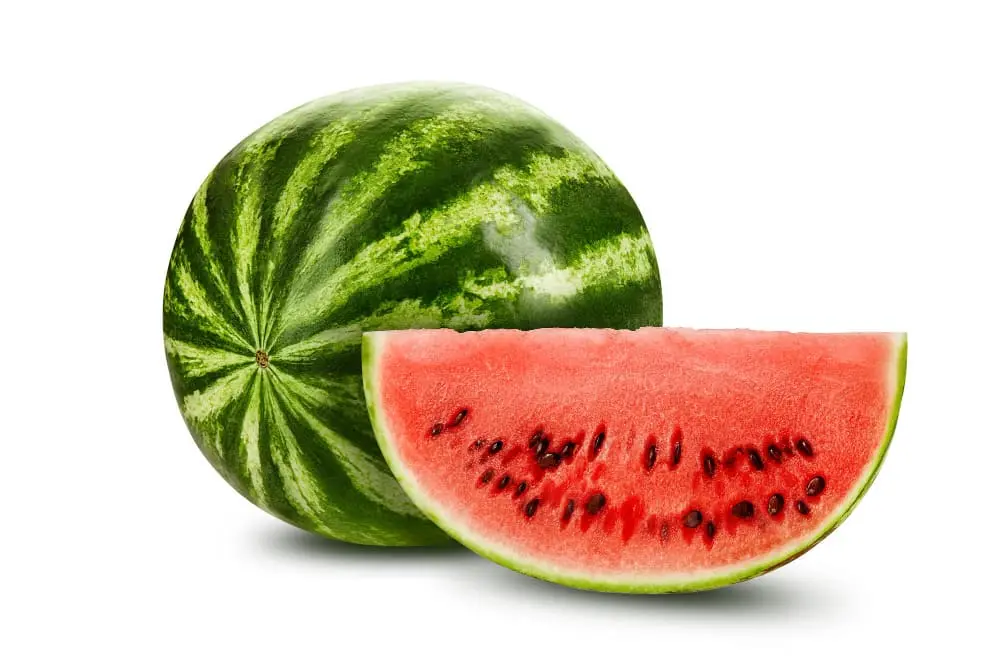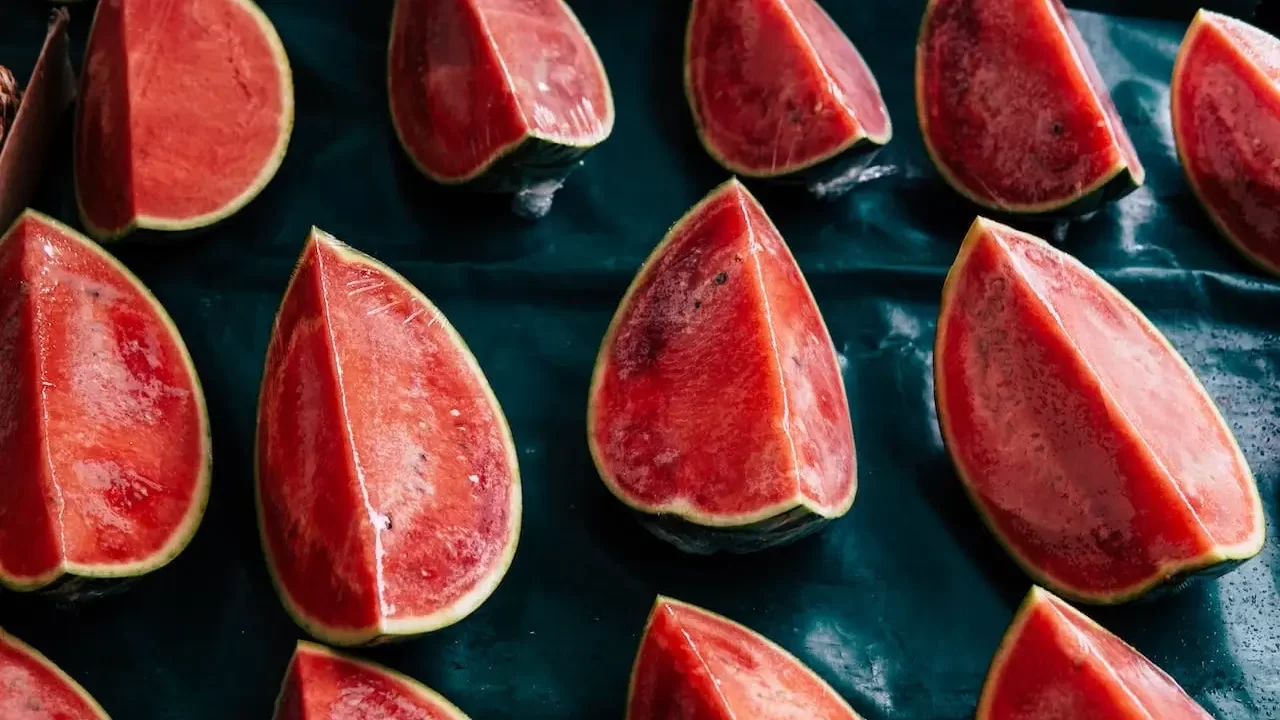How to Make Watermelon Juice Without a Blender?

Watermelons are large, oblong, or round fruits with a thick, green rind. The interior flesh can be red, pink, orange, or yellow, depending on the variety. The flesh of a ripe watermelon is juicy, crisp, and sweet. It contains a high water content, making it a hydrating and refreshing fruit.
Watermelon juice is a refreshing beverage made from ripe watermelons. To prepare, cut the watermelon into pieces, blend if desired, and strain for a smoother texture. Chill, garnish if you like, and enjoy the sweet and hydrating taste of this summer delight.
It’s important to note that while watermelon juice offers these potential benefits, it’s crucial to consume it as part of a balanced and varied diet. Moderation is key, especially for those watching their sugar intake, as watermelon does contain natural sugar.
Table of Contents
How to Make Watermelon Juice Without a Blender?
Watermelon juice is a quintessential summer beverage, offering a burst of refreshing sweetness and hydration. While blenders are often the go-to for creating smooth concoctions, not everyone has this kitchen appliance readily available.
This detailed guide walks you through a simple and manual method to extract the delectable nectar from a juicy watermelon without the need for a blender.
1. Selecting the Perfect Watermelon
Begin your watermelon juice journey by selecting a ripe and juicy watermelon. Look for a uniform shape, a creamy yellow spot (indicating ripeness), and a hollow sound when tapped. The perfect watermelon sets the stage for a flavorful juice.

2. Preparing the Watermelon
Wash the watermelon thoroughly to remove any dirt or debris that may linger on the rind. With a sharp knife, carefully cut the watermelon into manageable chunks. Take your time to remove the rind and seeds as much as possible, ensuring a smoother juice-making process.

3. Mashing the Watermelon
Armed with a spoon, begin the mashing process. Apply gentle pressure to the watermelon chunks, crushing the flesh and releasing its natural juice. Continue this process until the watermelon is thoroughly mashed, and its sweet nectar is ready to be extracted.
4. Extracting the Juice
Set the stage for juice extraction by setting up a mesh strainer or placing a piece of cheesecloth over a large bowl. Position the mashed watermelon onto the strainer, ready to let gravity do its work.
5. Straining the Juice
Allow the juice to strain naturally through the strainer or cheesecloth. For those seeking maximum extraction, use the back of the spoon to press and squeeze the mashed watermelon, coaxing out every last drop of liquid gold.
6. Transferring to a Container
With a satisfactory amount of juice collected, gracefully transfer it to a clean container or pitcher. This step prepares your homemade watermelon elixir for serving and sharing.
7. Optional Chilling
Elevate the refreshment factor by placing your watermelon juice in the refrigerator for a few hours before serving. A chilled glass of watermelon juice adds a delightful touch, especially on a warm day.
8. Serving
Pour the homemade watermelon juice into glasses, and consider adding a slice of watermelon or a sprig of mint for an aesthetic flourish. Sip, savor, and relish the natural sweetness of this revitalizing beverage as you bask in the simple joys of summer.

READ MORE: How to Make Blackberry Juice?
Is Simply Watermelon Juice Healthy?
Yes, simply drinking watermelon juice can be a healthy choice due to several nutritional benefits associated with watermelon.
Here are some reasons why watermelon juice is considered healthy:
1. Hydration
Watermelon is composed mainly of water, making its juice an excellent hydrating beverage, especially during hot weather. Staying hydrated is essential for overall health.
2. Vitamins and Antioxidants
Watermelon is rich in vitamin C, which supports the immune system and acts as an antioxidant. It also contains other antioxidants, such as lycopene, which may contribute to heart health and protect against oxidative stress.
3. Low in Calories
Watermelon juice is relatively low in calories, making it a refreshing and guilt-free option for those looking to manage their calorie intake.
4. Digestive Health
Watermelon contains fiber, which is essential for supporting digestive health and preventing constipation.
5. Natural Sugars
While watermelon does contain natural sugars, they come in the form of fructose, which is naturally occurring in fruit. The natural sugars in watermelon are accompanied by fiber, which can help mitigate the impact on blood sugar levels compared to refined sugars.
As with any dietary choices, individual health conditions and preferences should be taken into account. If you have specific health concerns or dietary restrictions, it’s advisable to consult with a healthcare professional or a nutritionist for personalized advice.
Conclusion
Crafting watermelon juice without a blender is not just a culinary escapade; it’s a celebration of simplicity and resourcefulness. As you indulge in the cool sweetness of your homemade creation, relish the fact that the art of crafting a summer delight lies in the simplicity of a watermelon. So, here’s to staying cool, refreshed, and embracing the joy of creating your own liquid sunshine. Cheers to summer’s sweetest secret!